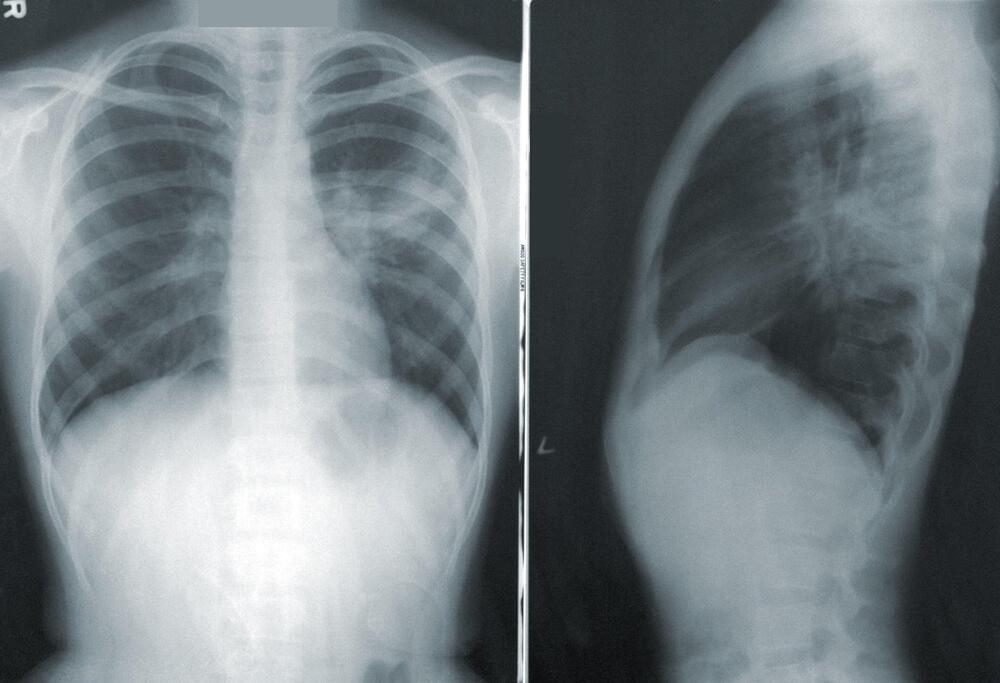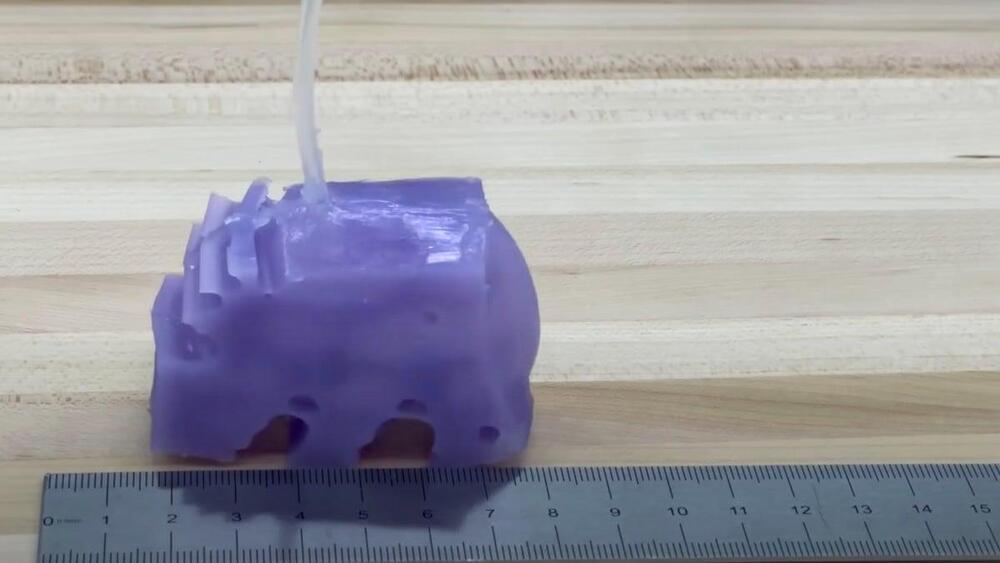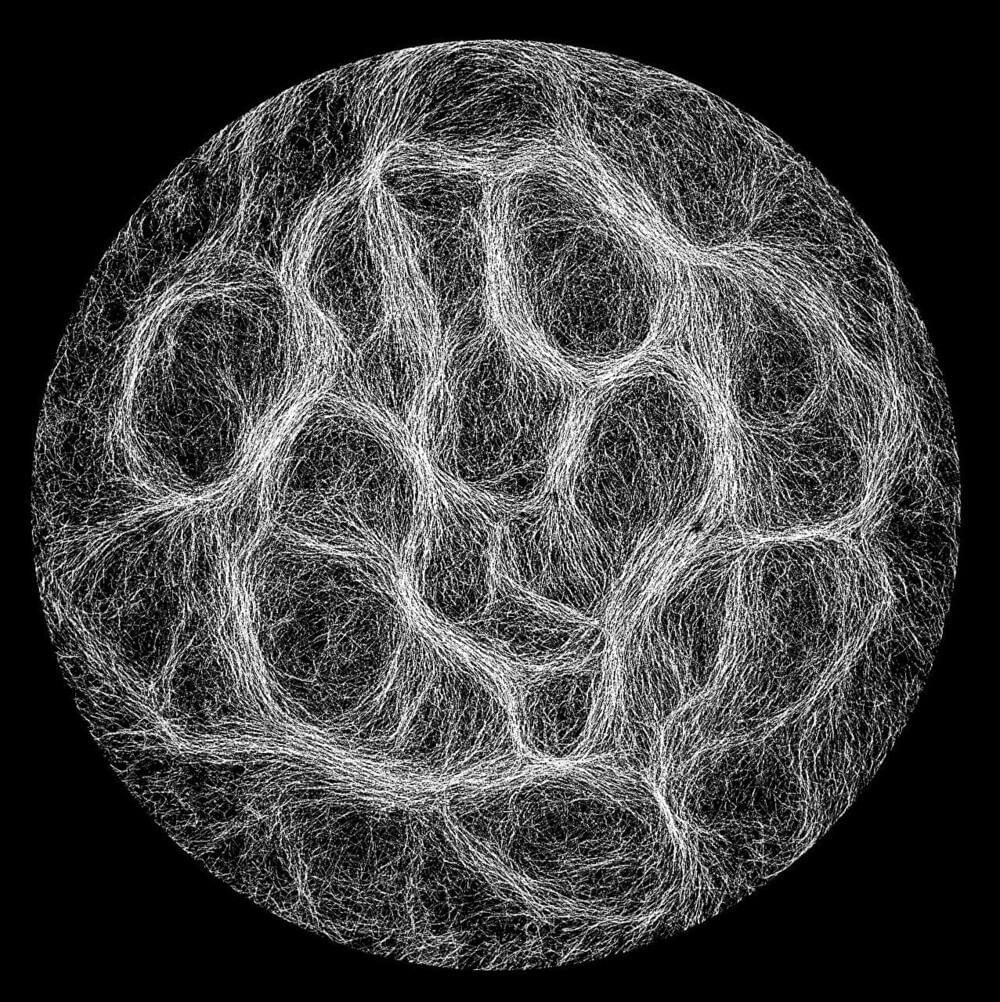Watch live with us as a “ring of fire” eclipse travels across the United States on Oct. 14, 2023, from Oregon to Texas. This event occurs when the Moon passe…
Get the latest international news and world events from around the world.

Quantum Entanglement Can Simulate Traveling Back In Time
Hindsight, as they say, is 20/20, but sometimes it would be nice to have known the outcomes before making a choice. This is as true in day-to-day life as it is in quantum mechanics. But it seems that the quantum world has something we do not have: a way to alter yesterday’s choices today, before they become tomorrow’s mistakes.
None of this is real time-travel. Physicists remain skeptical about that possibility. However, it is possible to simulate a closed time-loop with quantum mechanics, thanks to the property of entanglement. When two particles are entangled, they are in a single state even if they are separated by huge distances. A change to one is a change to the other, and this happens instantaneously.
So a particle can be prepared for an experiment, entangled, and sent to the experiment. Then scientists can modify its entangled companion, changing the way the particle in the experiment behaves.

Researchers pinpoint nongenetic mechanisms in lung cancer resistance to one commonly used therapy
In a recent study led by Ravi Salgia, M.D., Ph.D., the Arthur & Rosalie Kaplan Chair in Medical Oncology, a team of researchers from City of Hope, one of the largest cancer research and treatment organizations in the United States, and other institutions found that nongenetic mechanisms are important in lung cancer patients who develop a resistance to one cancer therapy. Their findings were published in the October 13 issue of the journal Science Advances.
The team’s study explored resistance to the anti-cancer medication sotorasib in patients with non-small cell lung cancer (NSCLC). Sotorasib inhibits a specific mutation of a protein, KRAS G12C, that causes unchecked cell growth.
The researchers’ findings suggest that, initially, most tumor cells are sensitive to sotorasib. But some cells can become tolerant to therapeutic treatment without resorting to genetic mutations or alterations by manipulating the KRAS-sotorasib interaction network. Furthermore, they found that if sotorasib treatment is withheld, the tumor cells revert to becoming sensitive again, implying that the phenomenon is reversible and thus is driven by nongenetic mechanisms.



Scientists explain unique formation of ancient algae that evolved photosynthesis and oxygenated the planet
Scientists have for the first time revealed how blue-green algae—visible as the slippery green slime in stagnant water, riverbeds, and seashores—weaves itself into large weblike structures.
A team at Nottingham Trent University and Loughborough University has revealed the physical mechanism behind the geometric patterns formed of cyanobacteria, one of the oldest and most abundant forms of life on Earth, and which has played a pivotal role in the evolution of our planet.
The research, for which Ph.D. students Mixon Faluweki and Jan Cammann are co-lead authors, is published in the journal Physical Review Letters.
Biostasis 2023
Join us for an enlightening livestream hosted by the European Biostasis Facility, where we delve into the intricacies of biostasis — a rapidly advancing fiel…

China Makes Advances In Space Lasers, Microwave Weapons
Chinese scientists claim they’ve had unexpected success in developing a high-powered microwave (HPM) weapon, according to The Diplomat. The magazine notes that in January, Huang Wenhua, deputy director of China’s Northwest Institute of Nuclear Technology, was awarded for his research on directed energy, which HPM weapons use.
HPM systems are able to destroy electronic equipment, and in an age when most combat systems—from tanks to planes, radios to satellites—rely on electronics, the weapons could change the way wars are fought. Warships will be fitted with HPM weapons to intercept incoming missiles.
The HPM project, alongside other projects involving lasers and electromagnetic pulses, is part of the Chinese regime’s “Assassin’s Mace” (or “Trump Card”) program designed to defeat a technologically superior opponent by disabling or destroying the technology that makes the opponent superior.

SOM-backed Prometheus Materials turns algae-like composite into masonry blocks
Colorado-based Prometheus Materials has developed masonry blocks from a low-carbon cement-like material grown from micro–algae.
The blocks, which meet the American Society for Testing and Materials (ASTM) standards, were made using an organic cement-like material grown in bioreactors that reproduces itself in ways similar to coral.
“Coral reefs, shells, and even the limestone we use to produce cement today show us that nature has already figured out how to bind minerals together in a strong, clever, and efficient way,” said Prometheus Materials co-founder Wil V Srubar III.

Researchers Tested AI Watermarks—and Broke All of Them
Feizi and his coauthors looked at how easy it is for bad actors to evade watermarking attempts. (He calls it “washing out” the watermark.) In addition to demonstrating how attackers might remove watermarks, the study shows how it’s possible to add watermarks to human-generated images, triggering false positives. Released online this week, the preprint paper has yet to be peer-reviewed, but Feizi has been a leading figure in AI detection, so it’s worth paying attention to, even at this early stage.
It’s timely research. Watermarking has emerged as one of the more promising strategies to identify AI-generated images and text. Just as physical watermarks are embedded on paper money and stamps to prove authenticity, digital watermarks are meant to trace the origins of images and text online, helping people spot deepfaked videos and bot-authored books. With the US presidential elections on the horizon in 2024, concerns over manipulated media are high—and some people are already getting fooled. Former US president Donald Trump, for instance, shared a fake video of Anderson Cooper on his Truth Social platform; Cooper’s voice had been AI-cloned.
This summer, OpenAI, Alphabet, Meta, Amazon, and several other major AI players pledged to develop watermarking technology to combat misinformation. In late August, Google’s DeepMind released a beta version of its new watermarking tool, SynthID. The hope is that these tools will flag AI content as it’s being generated, in the same way that physical watermarking authenticates dollars as they’re being printed.